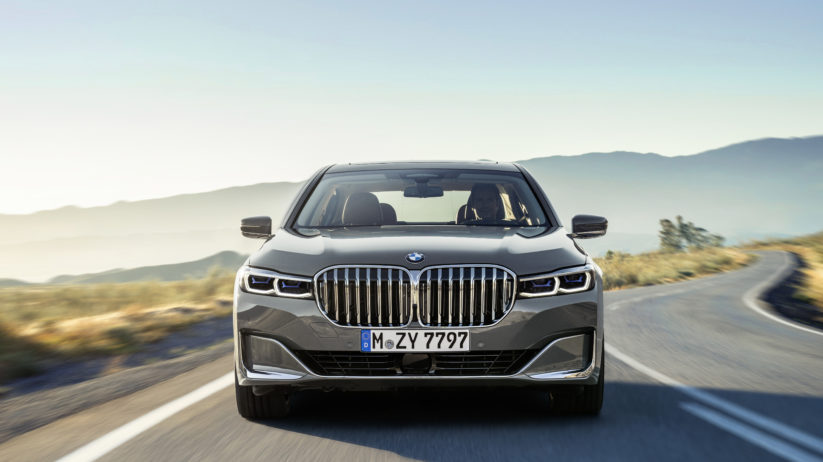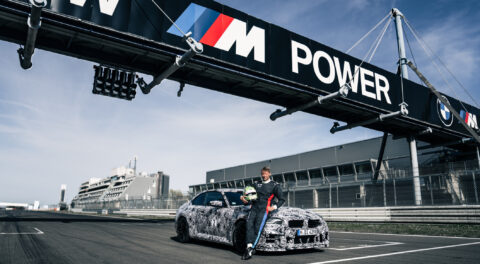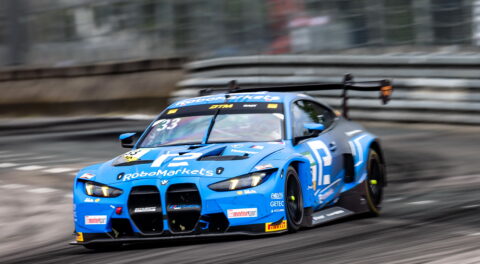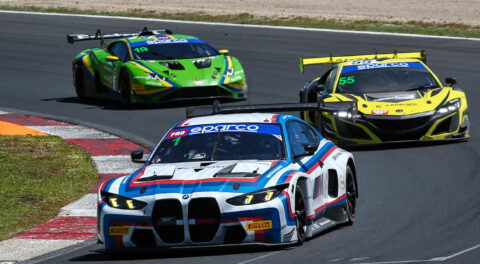BMW recently unveiled the new G11/12 7 Series LCI (life-cycle impulse), or mid-production refresh, in general automotive-speak, and people simply cannot get over the enlarged kidney-grille design. Although polarizing, the front end has risen to a new level of authoritarian presence, which contributes to overall styling to make the entire car feel more imposing. Beyond the visuals, BMW’s perennial technological flagship does not disappoint, with an array of new systems and devices to improve comfort, safety, and the driving experience as a whole. Things are quite impressive beneath the skin, so check out the quick rundown below to see why we think the updated Seven will continue BMW’s offensive in the luxury segment.
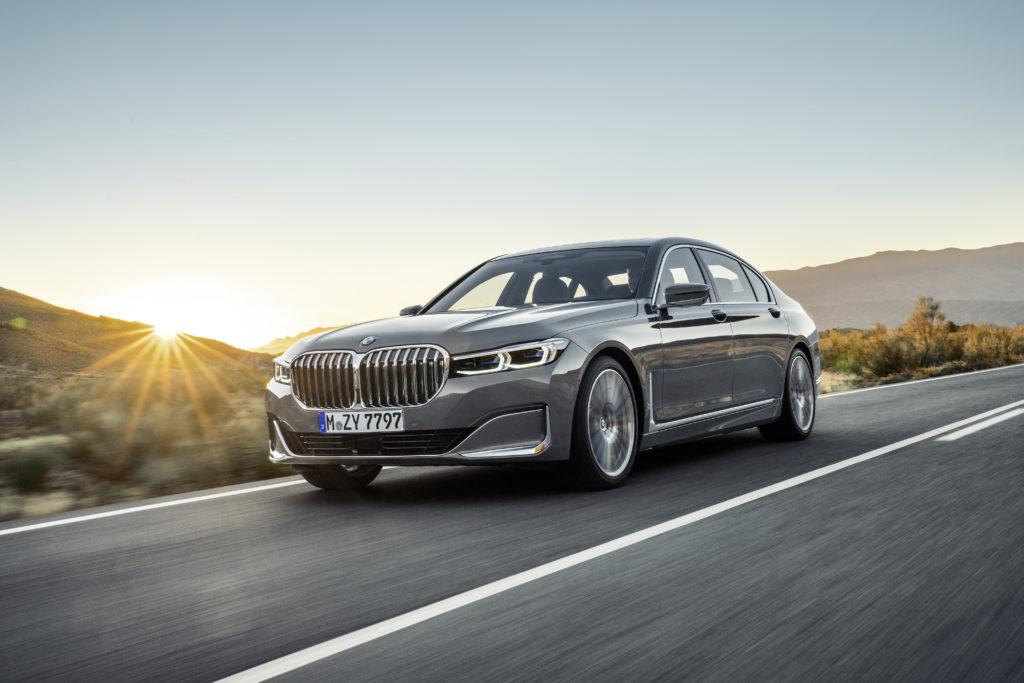
Although many don’t receive the the technology until it has been passed down the lineup to the 5 Series and 3 Series, it all begins with the 7 Series. The most current platform, internally referred to as G11 for the standard wheelbase and G12 for the long wheelbase, hit the market for the 2016 model year, and is expected to go down as historically important in terms of technology. Not only is it brimming with autonomous tech and features initially found on few other competitors, but the underlying platform architecture is modular, making it the first BMW passenger vehicle to use the new CLAR layout.
Now refreshed for the 2020 model year, the list of updates and changes is simply too long and detailed to regurgitate here. In short, almost all of the important systems and features that initially allowed the sixth-generation 7 Series to grab headlines when it debuted a few years ago have been refined and improved. Looking beyond the raised front end and 40% larger kidney grille, the headlights follow the same slim design seen on the X5 and X7, while the taillights feature a connecting strip that spans the width of the rear end. Color options have been shuffled around with several new additions, and the models have also been shaken up slightly, with the 740e being succeeded by the 745e.
iDrive has been updated to the latest System 7.0, while the gauge cluster uses the fully-digital setup found on other fresh models like the new X5, X7 and 3 Series. A class leader in interior comfort since it arrived, leather and upholstery colors and other touches are changed for 2020 as well, along with other interior amenities, especially those for the rear passengers. Powertrain options have been refreshed too, with the engine from the M850i now present within the 750i xDrive, and the N74 twin-turbo V12 of the M760Li xDrive making more earth-rotating torque than ever before.

The cabin is the same opulent place it was before, but with plenty of minor evolutionary changes that come together for a nice change since things were initially seen back in 2015. The iDrive system and Live Cockpit gauge cluster are some obvious attention-diverting elements, but various other items, from the control surfaces to the upholstery stitching design and pattern have been redone. The same applies to what’s happening beneath the skin. From the latest generations of ZF’s beloved eight-speed automatic transmissions to the cameras and radar that bristle the exterior, everything has been gone through to remain cutting edge in a rapidly changing environment.
New colors, like Grey Amber Effect metallic, Royal Burgundy Red metallic and Donington Grey metallic replace the previous lineup that included Singapore Grey, Jatoba Brown and Magellen Grey. The conventional metallic lineup includes Carbon Black, Black Sapphire, Glacier Silver, Imperial Blue, Dark Graphite, Mineral White and Arctic Grey among others, while BMW Individual allows the selection of other eye-catching finishes like Dravit Grey from the 8 Series, Tanzanite Blue II and Aventurin Red, which replace options like Moonstone Metallic and Almandine Brown—the incredible Azurite Black has been carried forward.
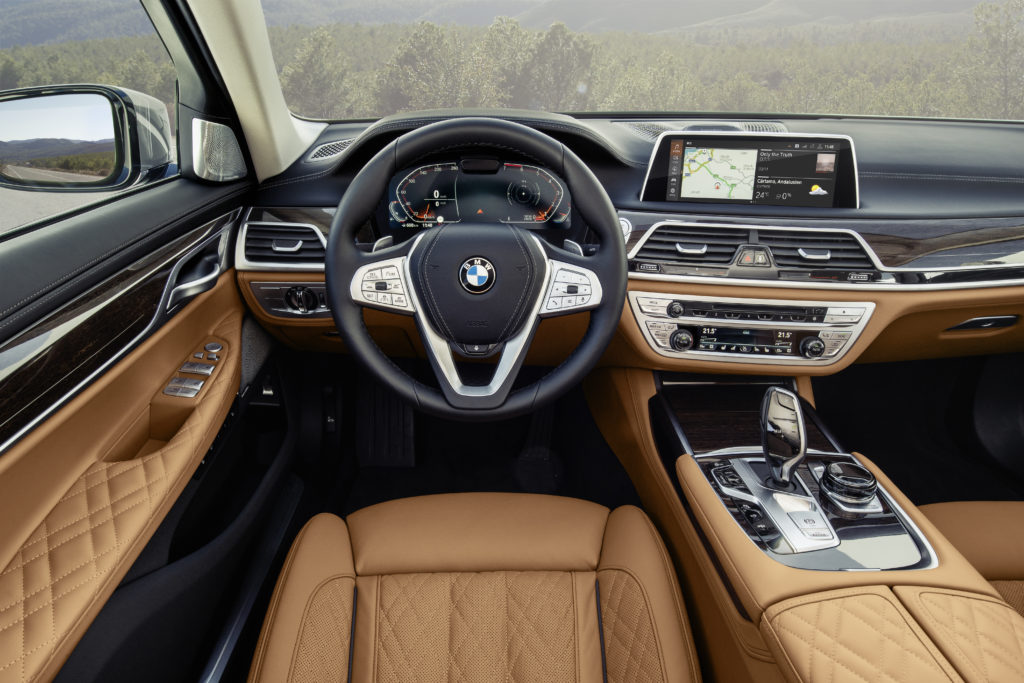
Executive package, which is available for the entire lineup sans the range-topping M760Li, includes the Panoramic Sky lounge LED Roof, among other touches like Nappa leather finishers, ventilated seats and ceramic controls. Luxury package gets you the seven-inch Touch Command tablet for the rear occupants, along with front and rear heated armrests and massaging rear seats. If you want the available Heads-Up display, then premium package is a must. Finally, rear executive lounge seating brings with it reclining rear seats, a footrest behind the rear passenger seat, the executive lounge rear console and the best rear entertainment system. Really, it seems like you need them all to get the full experience.
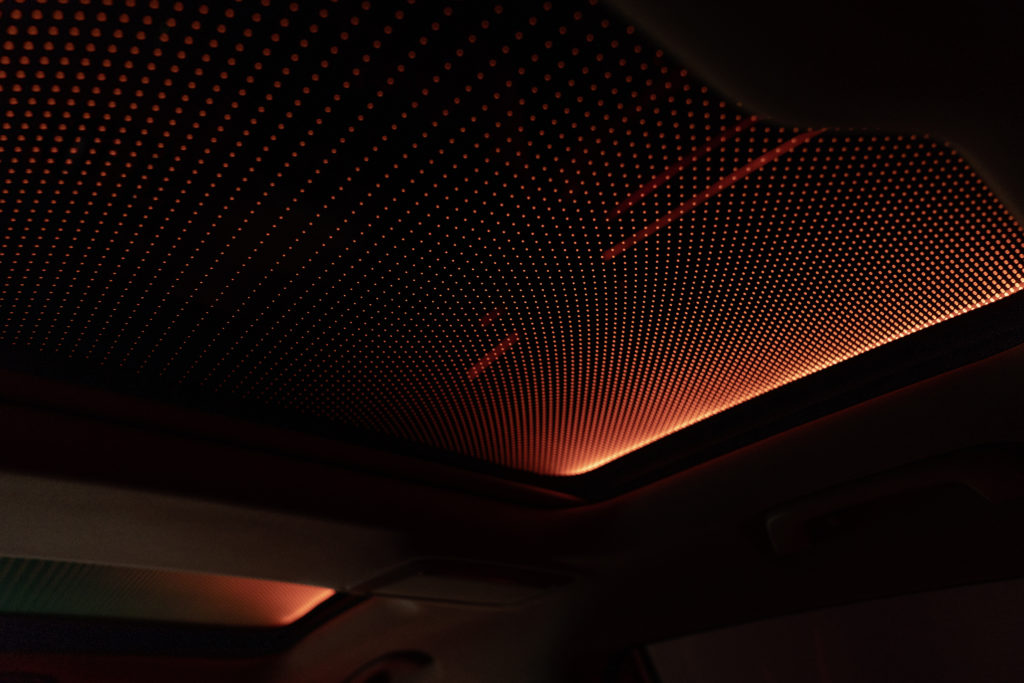
The 750i, previously powered by the N63TU2, also referred to as the N63B44O2, or the same engine used by the G30 M550i, has been re-powered to use the N63TU3, more specifically the N63B44T3, which also sees use in the M850i, the new X5 M50i and the refreshed M550i. The new engine makes 523 hp between 5,500 and 6,000 rpm, and develops 550 pound-feet of torque from 1,800 to 4,600, while its predecessor offered 444 hp and 480 pound-feet, with the latter occurring over a slightly shorter rev-band. Read more about the entire N63 V8 range here.
At the top of the range sits the M760Li, which houses a 6.6-liter N74 V12 beneath its hood. The closest thing available to a potential M7, the V12 executive crown jewel of the lineup previously made due with 600 hp and 590 pound-feet, but now develops 627 pound-feet from 1,550 rpm to 5,000 rpm. BMW claims a blistering zero to 60 mph time of just 3.6 seconds for the M760i xDrive, while the U.S. receives only the long-wheelbase Li version.—Alex Tock
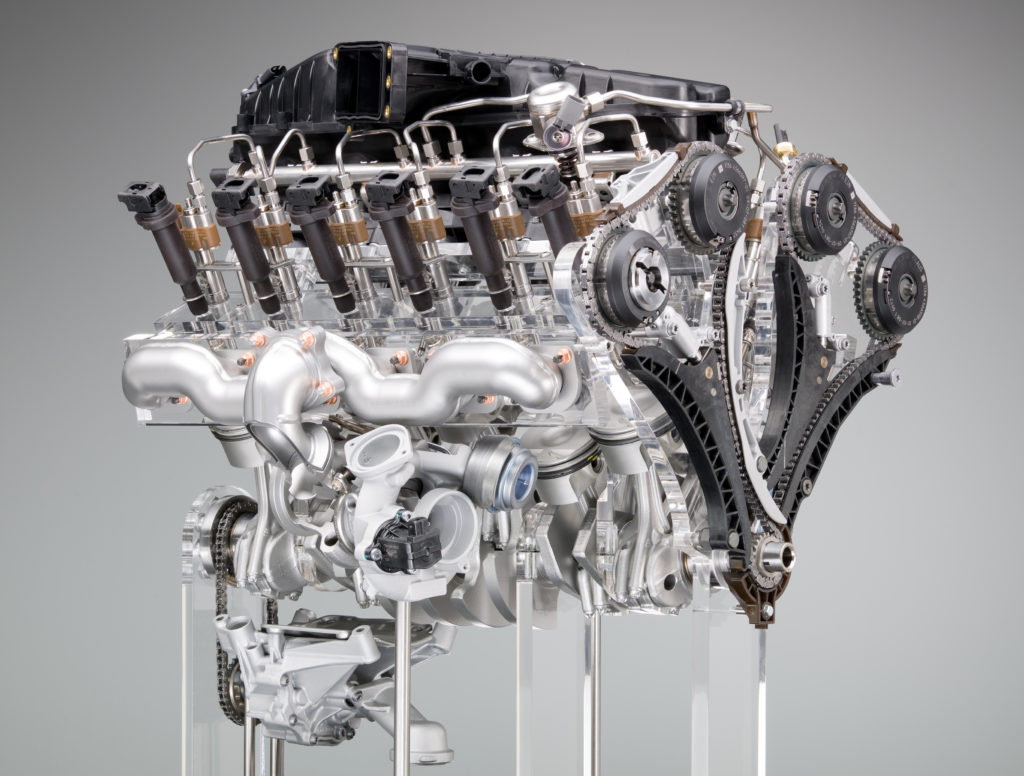
[Photos courtesy BMW AG.]

